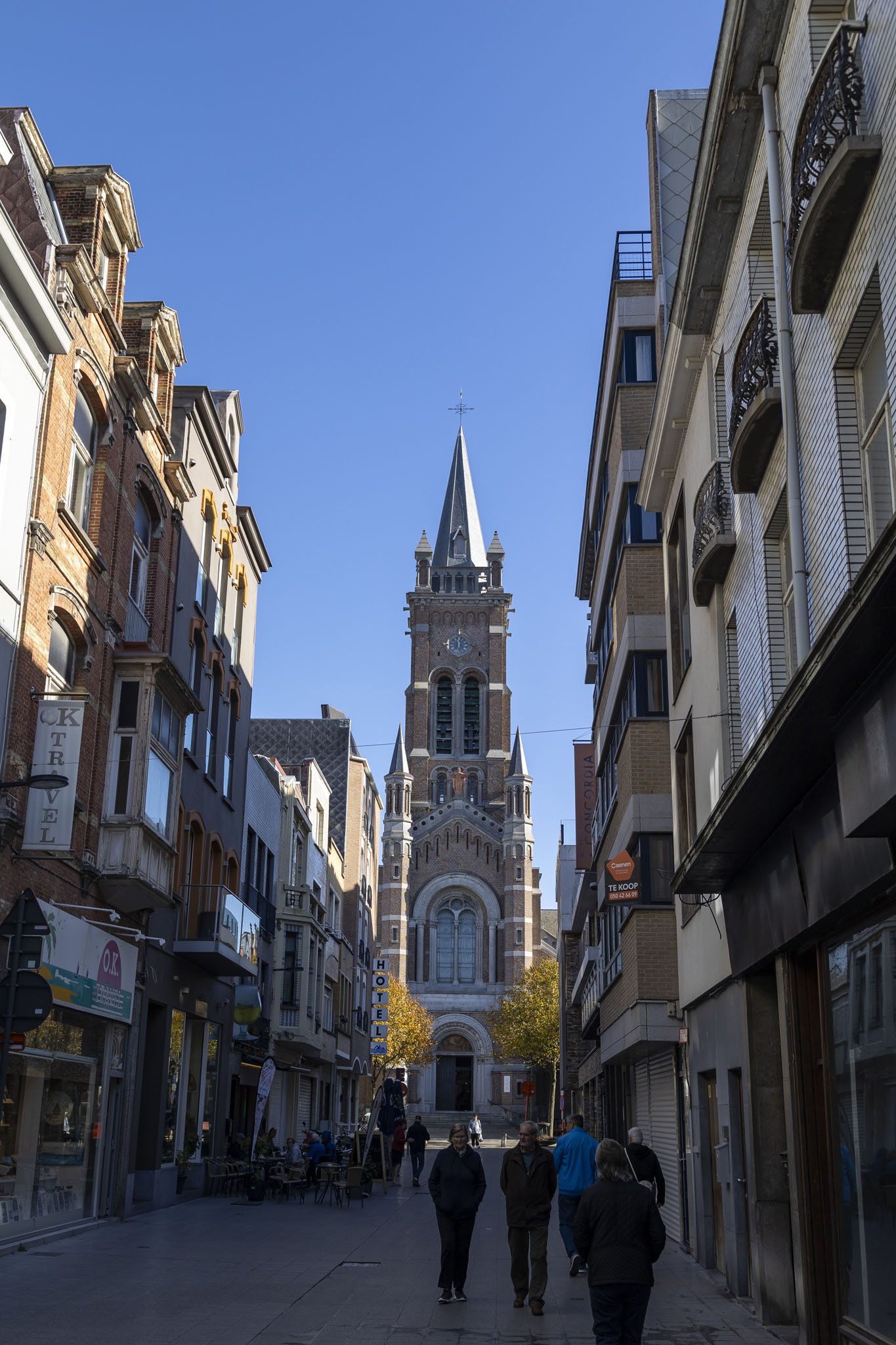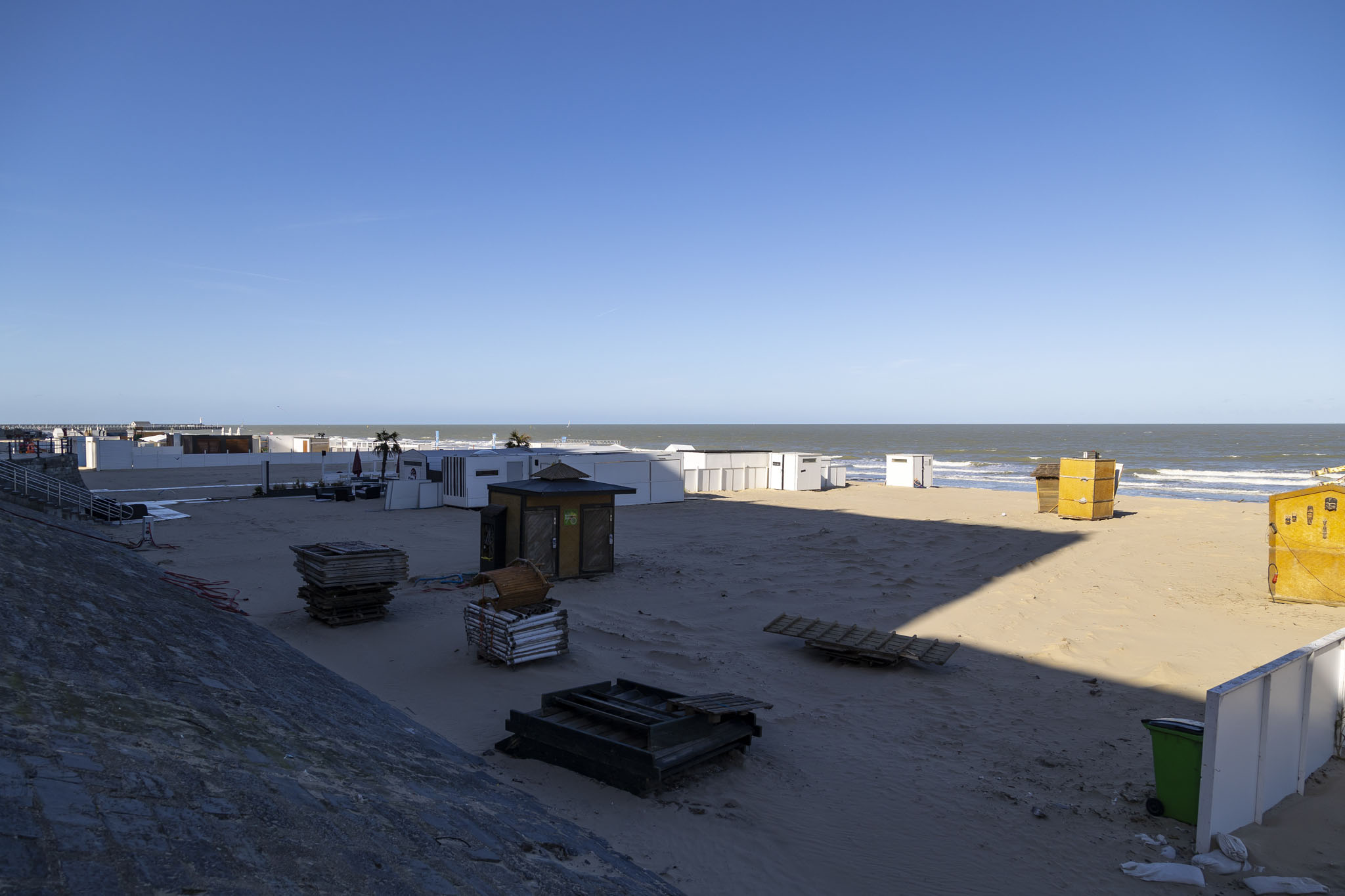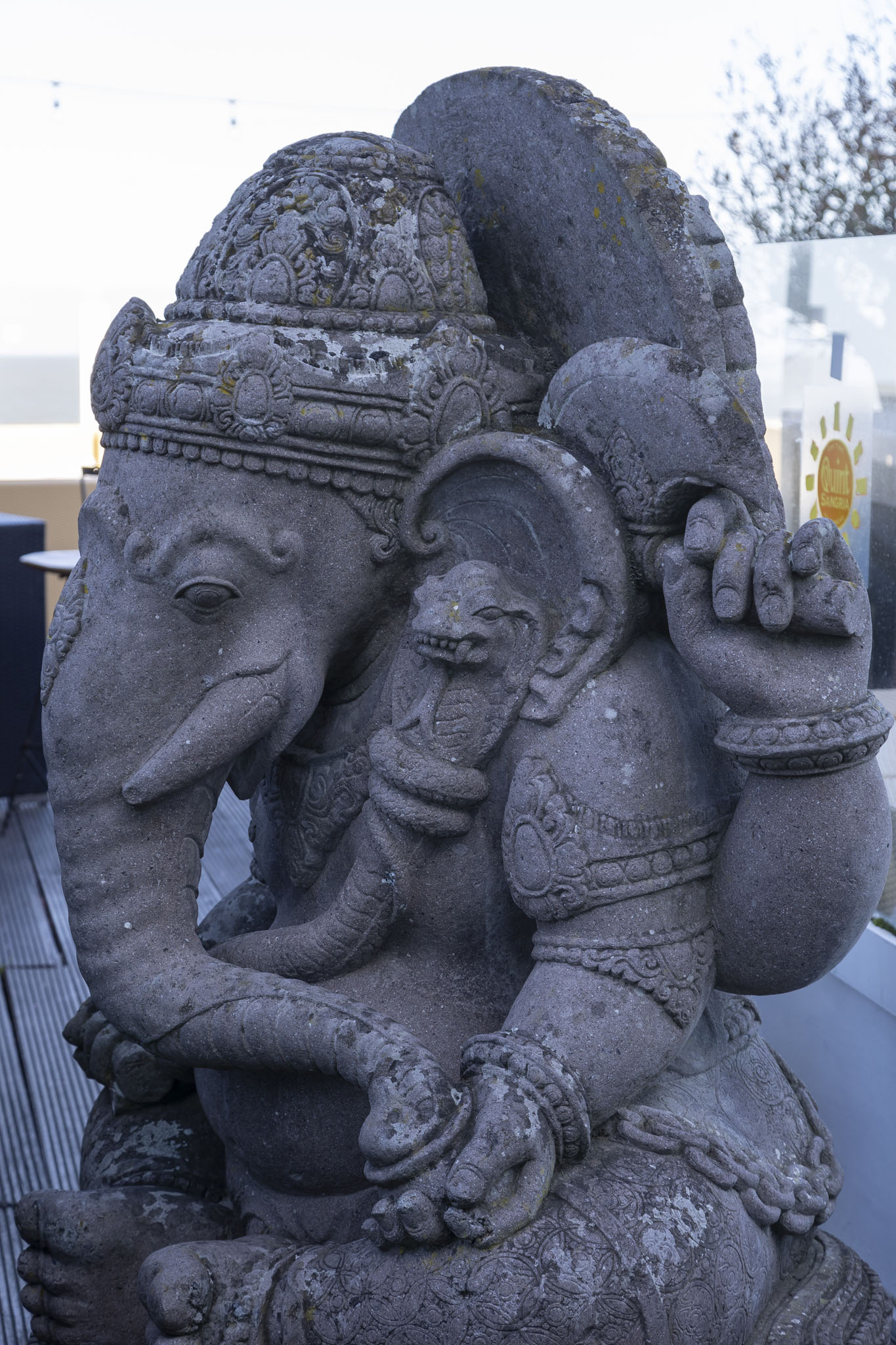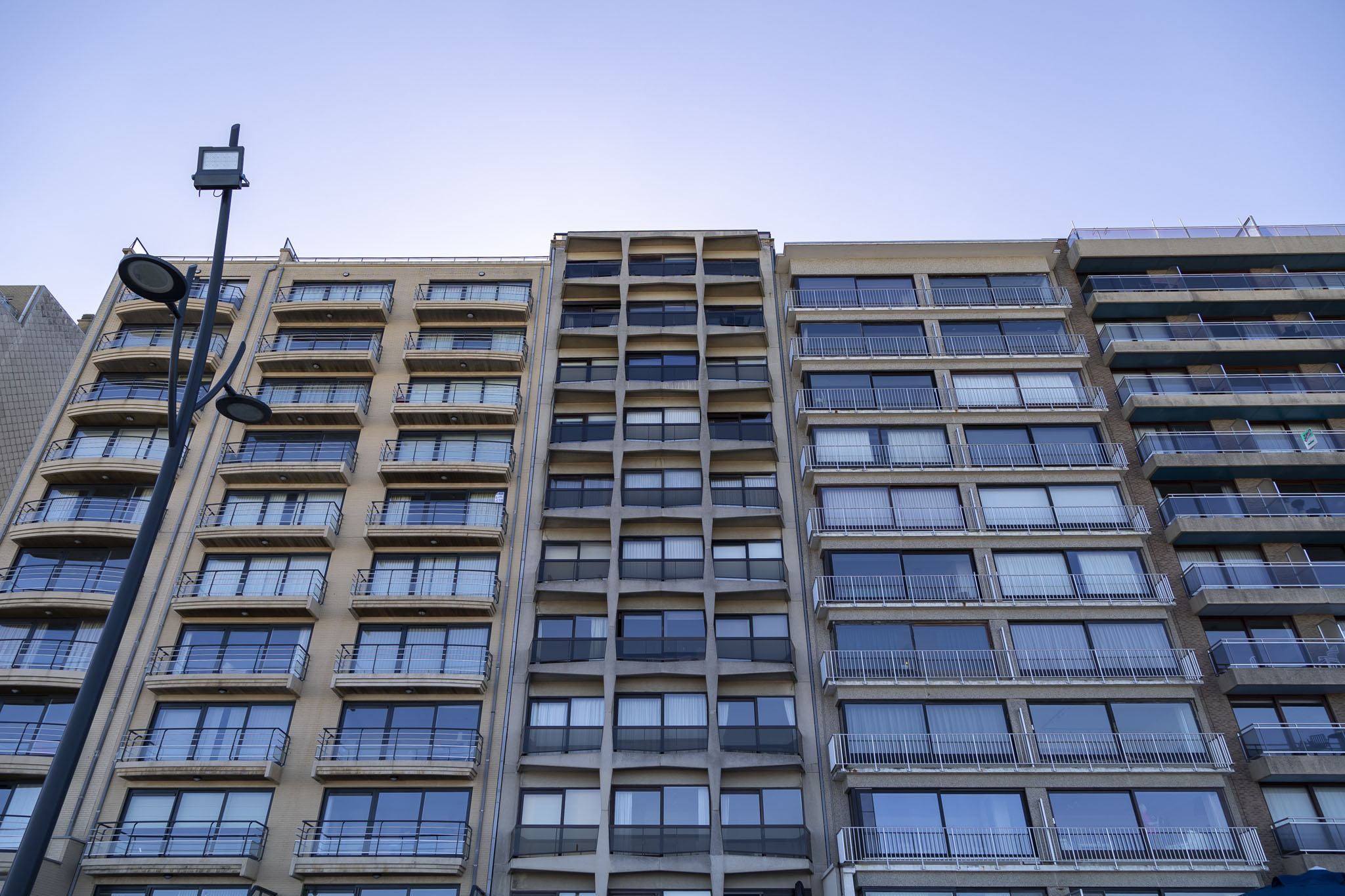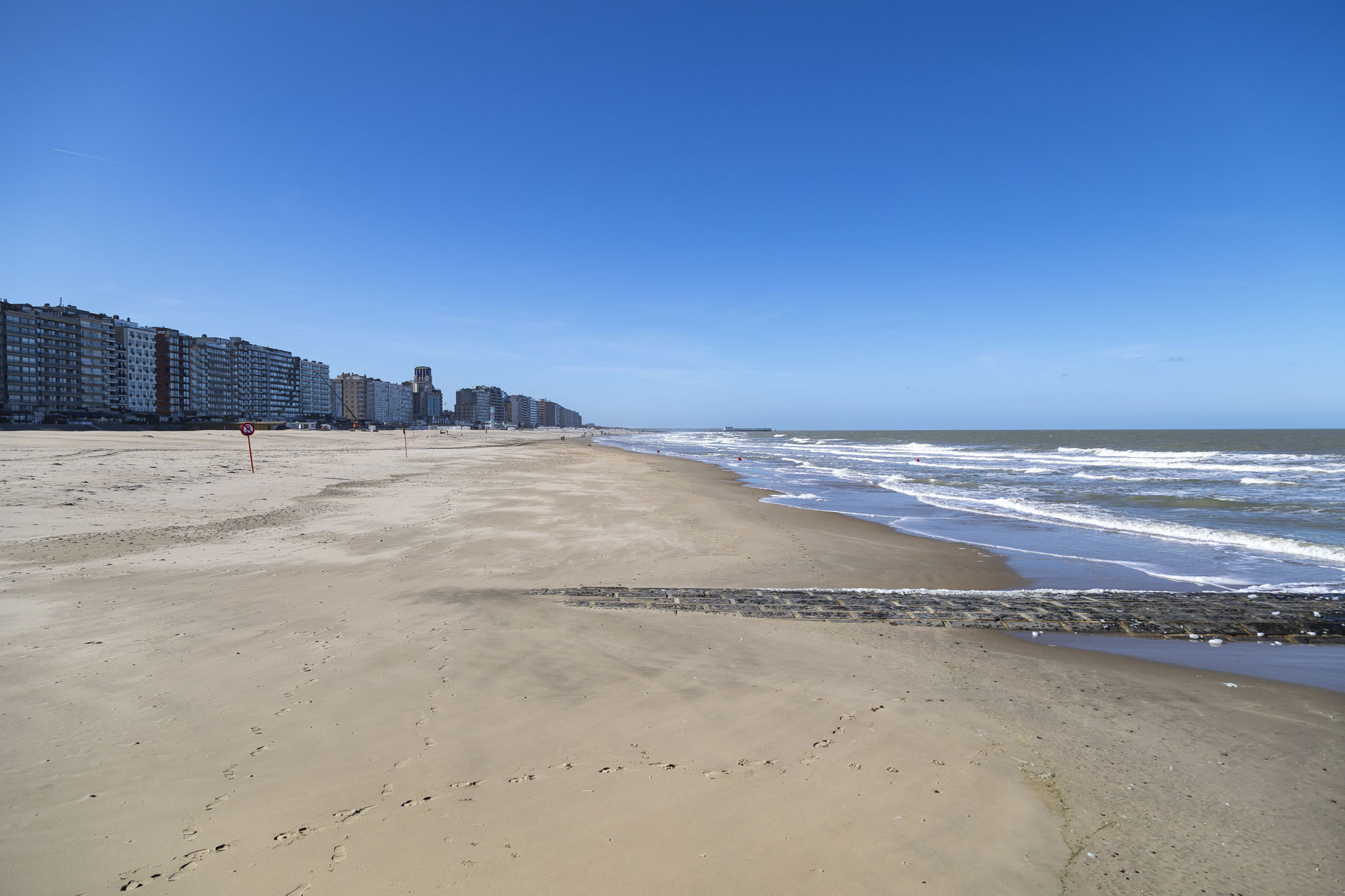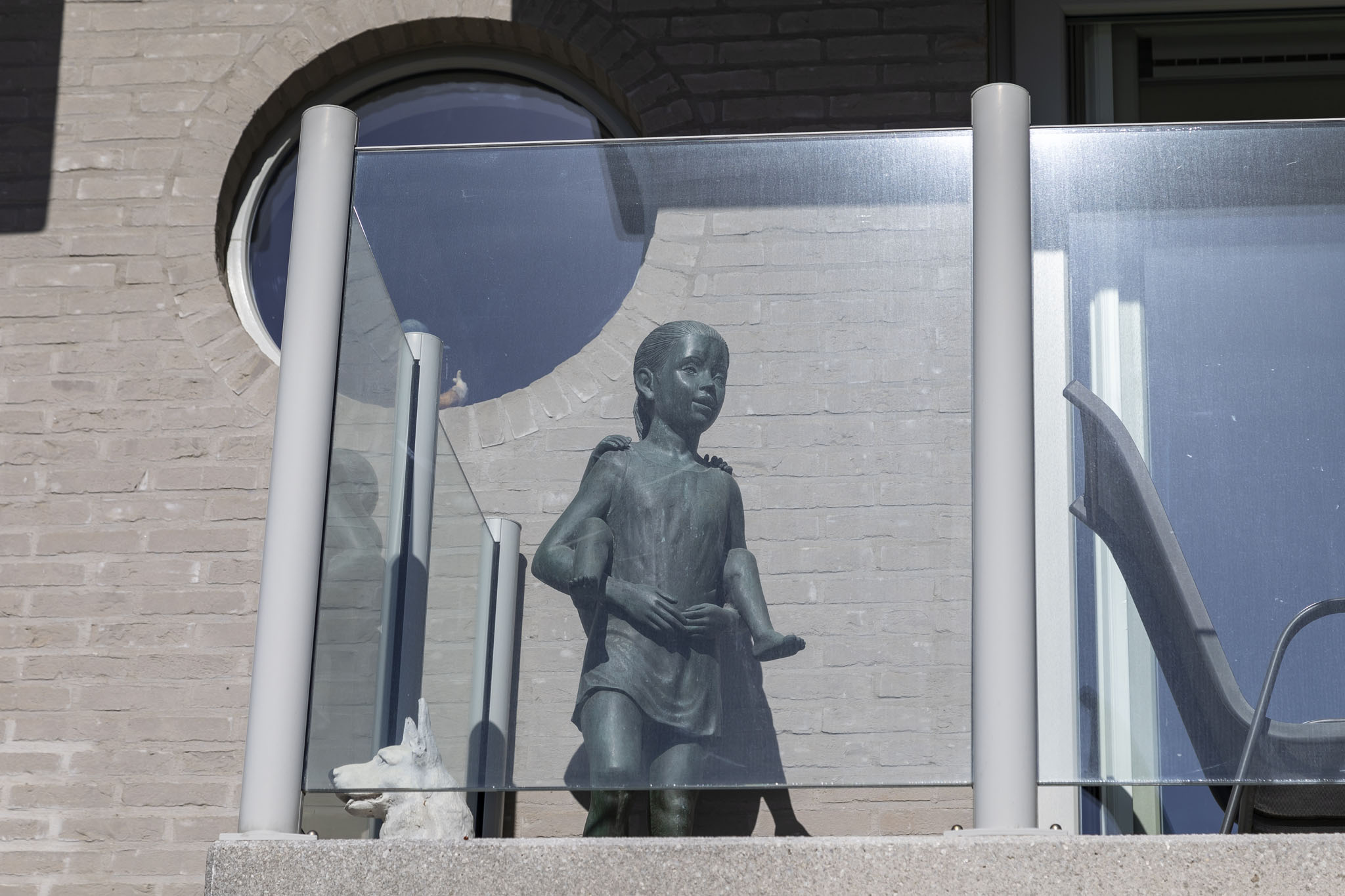The final port of call on our 2022 Island Princess cruise saw us arrive at a very familiar port to not just us, but to many UK cruisers, I suspect. Zeebrugge is likely one of the most visited cruise ports for anyone who jumps aboard a ship at Southampton, simply because a lot of the shorter cruises visit it because of its proximity and a lot of the northern European cruises will also make a stop here before returning home. Zeebrugge itself, though, has practically nothing of interest to see, but there are some relatively easy links to places like Ghent and Bruges, both of which we’d done before, and the cruise lines will sometimes offer excursions to those as well as more distant attractions such as Brussels.
One other option while your cruise ship is docked at Zeebrugge is to look around nearby Blankenberge. For anyone wanting to catch the train to other Belgian locations then this is the city you’ll need to get to first anyway and there are usually options to reach Blankenberge from the port. Sometimes those options are complimentary, sometimes you’re on your own, and sometimes – like on this occasion for our Island Princess cruise – a local company will run a chargeable shuttle bus service.
We paid for the shuttle service to Blankenberge but our intention was to take a walk around the seaside city just to see what it had to offer. It helped that we had absolutely glorious weather for our day in Belgium. We were dropped off beside Saint Antonius Church, just opposite the train station, and with a very prominent city sign for tourists to head towards.
Travelling to Blankenberge in October meant that the city was quiet but it’s a popular place in the summer months with Belgians and international visitors too thanks to its long, golden sand beach. This post covering several hours in Blankenberge will mostly comprise of our walk along that beach admiring the views out to sea and back at the many hotels and apartment blocks along the coastline which, to me, just looked spectacular with the cloudless sky as backdrop.
The large church on the walk towards Blankenberge beach was dedicated to Saint Roch. The church was built in the late nineteenth century during the Belle Époque when the city grew in size and became a popular seaside destination with tourists in a similar way to that happening in Victorian Britain. The church’s tower was an early twentieth century addition. The saint was chosen as there had been a smallpox outbreak just prior to its construction and local people had associated an improvement in their conditions and a reduction in transmission with praying to the saint. Something something correlation, something something causation.
The small, older-looking building we passed was the former town hall of Blankenberge. These days it’s used as a space for displaying art exhibitions throughout the year.
Blankenberge is protected from the sea by a dyke but it’s only obvious that this is the case when you reach the northern part of the city and realise you need to climb up steps to reach the sandy expanse beyond. Three sets of steps were constructed on the cusp of the nineteenth and twentieth centuries.
The large casino building on the seafront caught my attention for a number of reasons. Firstly, it was an impressive building and dates to 1859. Secondly, obviously, there were terrifying sculptures of babies crawling over its surface. That’s the sort of thing that does catch a person’s attention.
The disturbing sculptures are called, appropriately enough, Babies, and they’re by David Cerný. They were actually built to celebrate the nomination of Prague as a cultural capital in the year 2000.
If you like beaches of fine, pale golden sand then Blankenberge will appeal to you.
Before we spent all our annual leave allowance on cruising around the world we used to spend all our annual leave allowance taking breaks in the United Kingdom and, because we’ve always had a fondness for the sea, we would more often than not stay at seaside resorts. This in turn gave us an appreciation for piers because our country has a lot of them.
What we hadn’t realised is that piers are not that common in the rest of Europe but you can find one in Blankenberge – it’s called the Belgium Pier – and it’s interesting for a couple of reasons. The first pier that occupied this location was actually the first pier at all on the North Sea or Atlantic Ocean coastlines of mainland Europe. This replacement, though, dates from 1933, is three hundred and fifty metres long, concrete, and in gorgeous Art Deco style.
We did what we always do when we see a pier at the seaside, and walked down one side to the end then back down the other side, braving the blustery wind and loving the views out to sea and back towards land.
We didn’t have any firm plans for things to do in Blankenberge because it was late in the tourist season and there wasn’t a whole lot to do, so this visit was mostly getting an idea for the lay of the land, getting off the ship because we could, and just looking at a new place. But another thing we’ve enjoyed when travelling has been to visit a place’s aquarium if it has one and so it was that we spent a bit of time in SEA LIFE Blankenberge. Certainly not the largest or most impressive aquarium we’ve visited but nice, friendly staff, and we enjoyed it.
By this time my wife’s ankles were aching (an old injury) so we decided to cut our time in Blankenberge shorter than we’d originally planned and had a wander back to the shuttle bus pickup spot.
We generally liked Blankenberge; it had some nice architecture and a very attractive pier. Other than the aquarium there didn’t seem to be an awful lot to do in the city but I think there’s enough there to warrant a look at more of the city centre next time we cruise to Belgium.
In the next post I’ll take advantage of the quiet ship because a lot of people were still ashore in Bruges, Ghent, Brussels, or Blankenberge, and share photos from some of the public areas around Island Princess.








